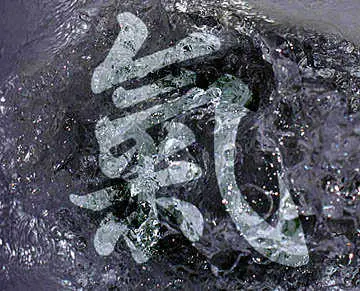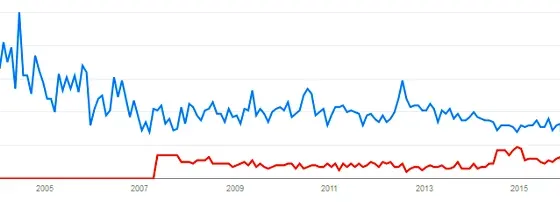|
Qi Energy Exercises
|
Qi or Chi or KiHow to Spell Qi Energy The Chinese word for life energy, qi, is often spelled chi or ch'i, or even ki. It's the same word and the same pictogram, so what's with the spelling?
Transcription, the way Chinese words are spelled with the Western alphabet, has varied over time — and still does. The Chinese pictogram is an image of the word and its meaning, but it says nothing about pronunciation. The Western alphabet, though, is all about that. So, when Chinese words are written with our ABC, we need to decide how they are pronounced. But that's not as easy as it seems. There are lots of different dialects in China, also there's an uncertainty about how words were pronounced previously in Chinese history. So, several systems of transcription have been created, in different periods of our own history. The most established one for ancient Chinese texts is called the Wade-Giles transcription, developed in the 19th century. Its spelling for this word is ch'i, often simplified to chi. In the mid-20th century, the Chinese government presented their own system of transcription, called Pinyin, in which the word is spelled qi. This was accepted as the international standard in 1982. But the old spelling ch'i or chi remains in wide use, especially on the Internet. Old habits die hard. Also, Wade-Giles remains the most popular transcription for the Chinese classics, where it is deemed by many experts to fit the best. The Pinyin reform goes slowly, and seems to be almost retreating because of the Internet, where the old spelling is usually preferred. But things are happening. Google regards them — correctly — as different spellings of the same word, so search results for one spelling also bring results of the other. I made a comparison of the search terms "chi energy" and "qi energy" on Google (December 2015). The former got 132 million hits, the latter 69 million. But in both searches, the spellings are mixed — due to Google knowing it's the same thing. Google Trends, the service showing the popularity of search terms over time, also reveals that it's still very much the older spelling that people use in their searches. See the diagram below (from December 4, 2015), where "chi energy" is the blue line and "qi energy" the red. Even today, the former spelling is searched distinctly more often than the latter. But they are closing in on one another.
 "Chi energy" (blue) and "Qi energy" (red) Google search compared, 2004 to 2015.
Ki in JapaneseIn texts on Far Eastern life energy concepts, the spelling ki for the same word is also common. That's the transcription from Japanese, like in aikido, reiki, or kiai, to mention a few Japanese terms containing the word. Transcription from Japanese is much more homogenous than is the case with Chinese, but there is still room for variation — although not with this particular word.
My Books About Life EnergyHere are the two books I have written on the subject of life energy. This website contains some of the material from the first one. Click the image to see the book at Amazon (paid link).
About CookiesMy Other WebsitesLife EnergyThe many life force beliefs all over the world, ancient and modern, explained.
TaoisticTaoism, the old Chinese philosophy of life, based on Tao, the Way. Also, the complete Tao Te Ching translated and explained.
AikidoAikido, the peaceful martial art. Its basics, principles, techniques, and more — in texts, images and videos.
I Ching OnlineThe 64 hexagrams of the Chinese classic I Ching and what they mean in divination. Free online reading.
Other Books by MeClick the image to see the book at Amazon (paid link).

Stefan StenuddAbout Me I'm a Swedish author and aikido instructor. I've written several books about aikido, qi energy and other life force concepts. I'm also an historian of ideas, researching the thought patterns in creation myths. Click the image to get to my personal website. Contact
|
 Qi — Increase Your Life Energy
Qi — Increase Your Life Energy


